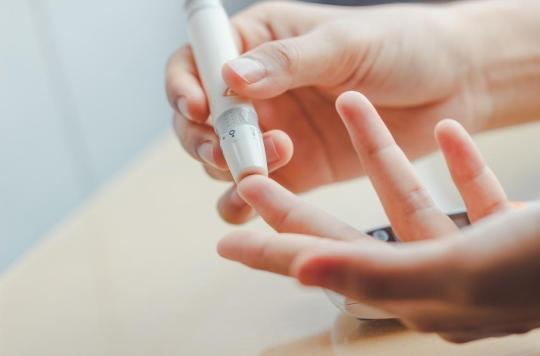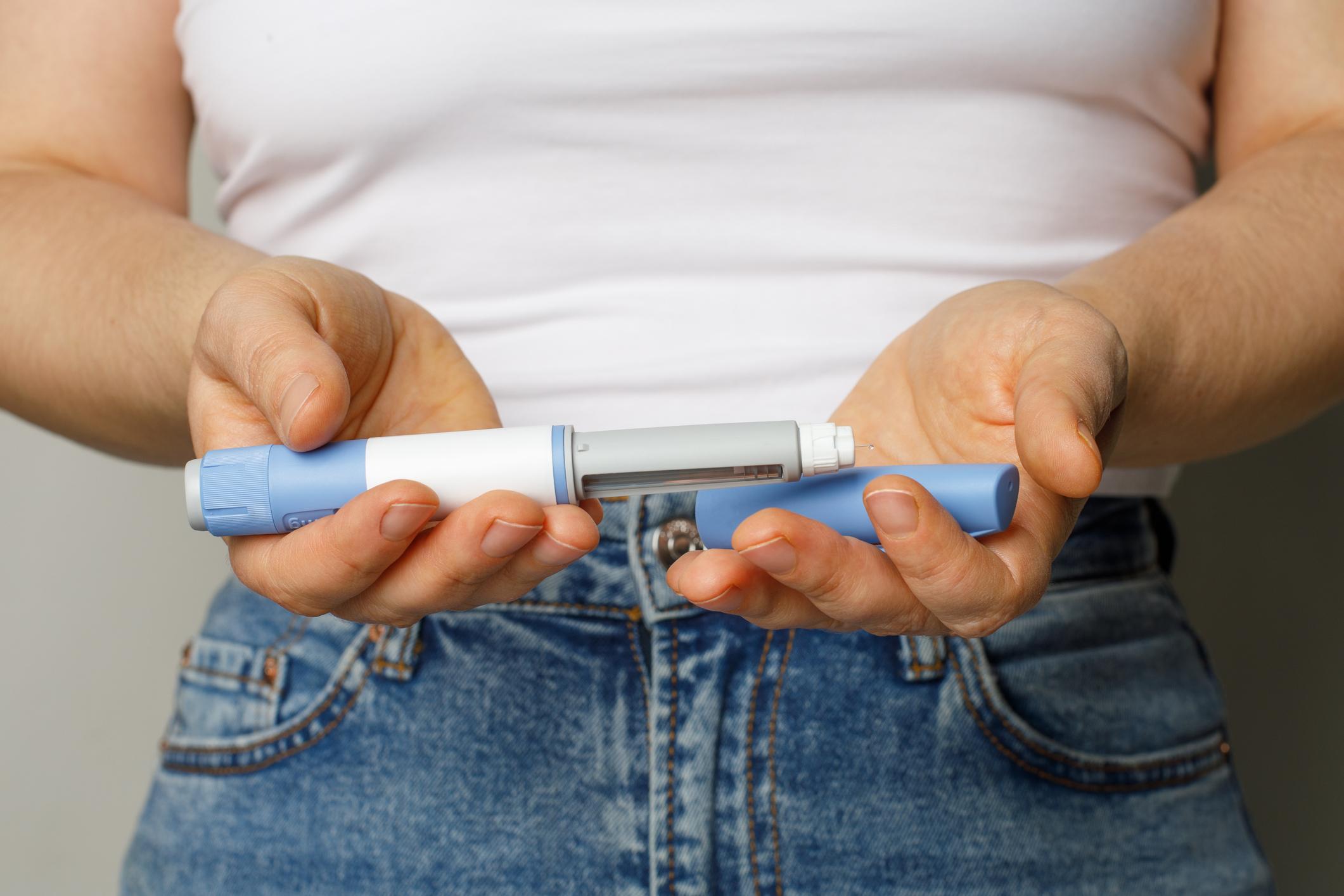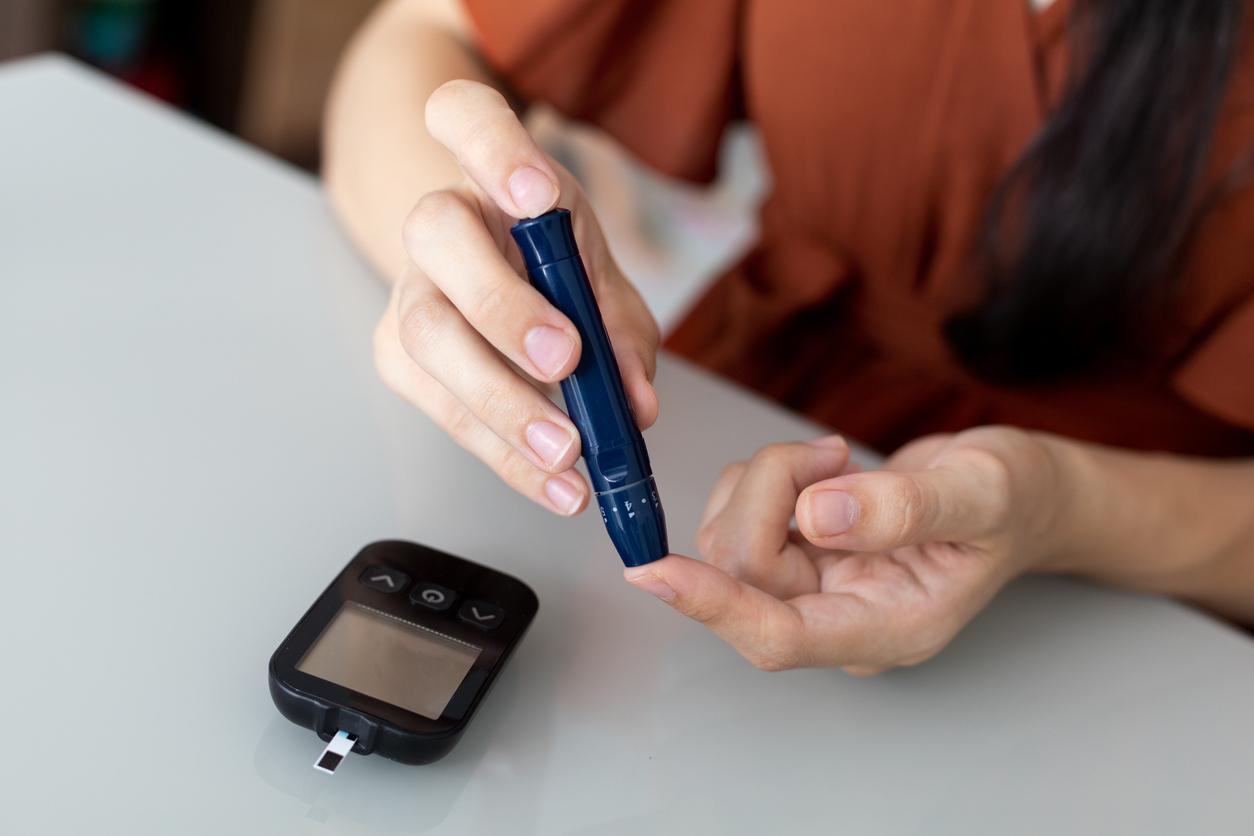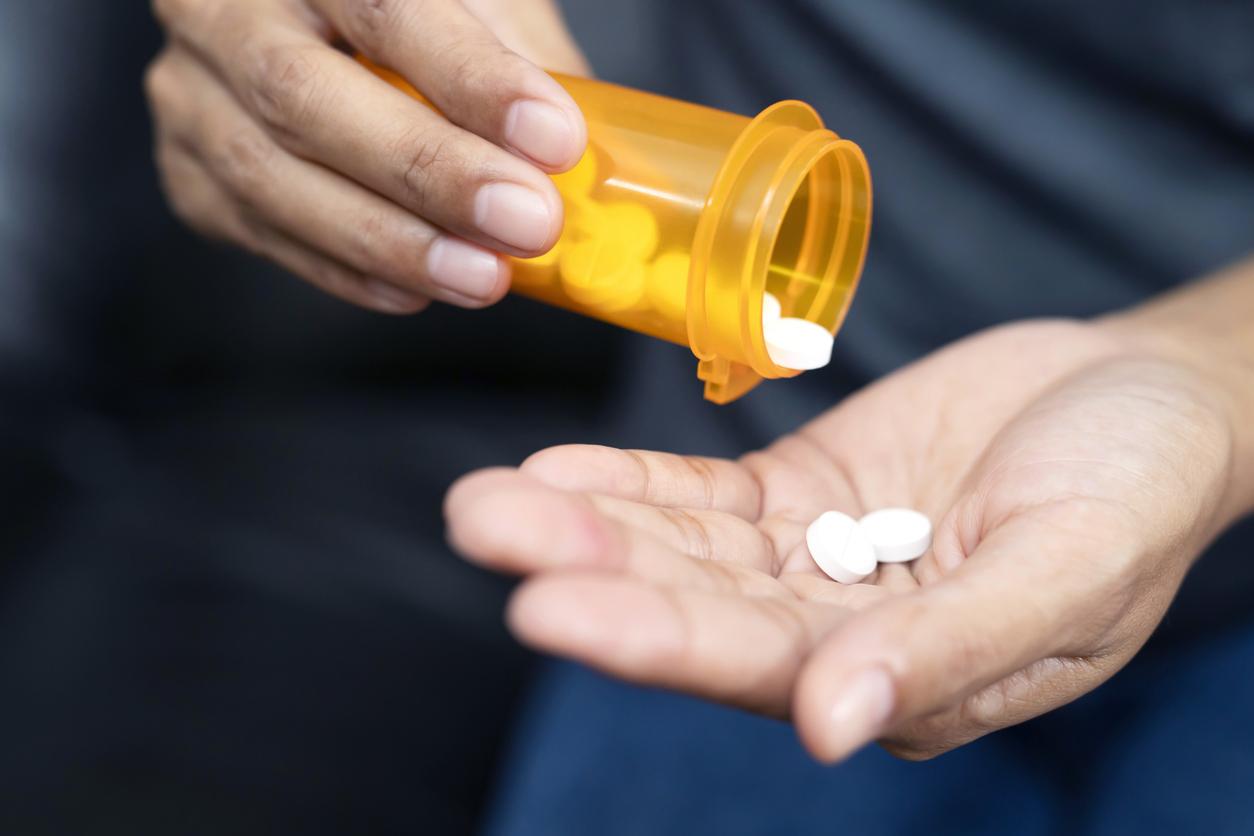A common complication of type 1 and 2 diabetes, hypoglycaemia, ie an abnormally low level of sugar in the blood, could soon benefit from treatment.

- Just as dangerous as hyperglycemia, hypoglycemia is a common complication of diabetes.
- Tested in vitro and on healthy rats, the compound R481 activates a link between the brain and the pancreas and reinforces the hormonal defense against hypoglycemia.
Whether type 1 or type 2, diabetes is a disease characterized by an abnormally high and chronic level of sugar in the blood (hyperglycemia). In question: a lack of insulin in the case of type 1 diabetes. For type 2 diabetes, the organisle develops resistance to this hormone produced by the pancreas and which naturally regulates the level of glucose present in the blood. People with diabetes must therefore manage their own blood sugar levels, which can often become dangerously high (hyperglycemia) or low (hypoglycemia).
The dangers of hypoglycemia
Just as dangerous as high blood sugar, these low blood sugar episodes often occur at night, disrupting sleep and sometimes causing seizures. Symptoms include palpitations, sweating, hunger, but also in the most severe cases dizziness, confusion, loss of consciousness and, if untreated, coma and even death.
However, it may soon be possible to help the body fight against this hypoglycaemia by stimulating the hormonal defense systems. In any case, this is what researchers from the University of Exeter (United Kingdom) hope. In a study published in Frontiers in Endocrinology, they believe they have identified a promising target in the brain that could be useful for future anti-hypoglycemia drug development.
“Our work highlights the importance of better understanding the communication between the brain and the pancreas to strengthen the body’s defenses against hypoglycemia”says the study’s co-lead author, Dr. Ana Cruz.
Activation of the link between the brain and the pancreas
In this new study, the researchers conducted their research in the laboratory on a preclinical test compound. Called R481, it works similarly to metformin, a drug widely used for type 2 diabetes. However, it works differently because it enters the brain and activates an important brain fuel gauge called AMPK. MPA).
They then tested R481 on brain neurons specialized in glucose sensing (GT1-7 cells) in petri dishes, and found that the compound works by activating this brain fuel gauge.
Tested on healthy rats, the drug boosts the hormonal defense against hypoglycemia, by increasing the release of a hormone called glucagon from the pancreas. The drug activated a link between the brain and the pancreas to defend against hypoglycemia, but did not alter fasting blood sugar levels.
“Our results suggest that activating the link between the brain and the pancreas helps fight hypoglycemia, explains Dr. Craig Beall, co-author of the work. In the long term, our goal is to create a pill that could be swallowed before bedtime, in order to prevent nocturnal hypoglycemia. This is just the first step on a long road, and we hope that one day we can give people with diabetes and parents of children with diabetes the certainty that they will not experience nocturnal hypoglycemia.”
.
















